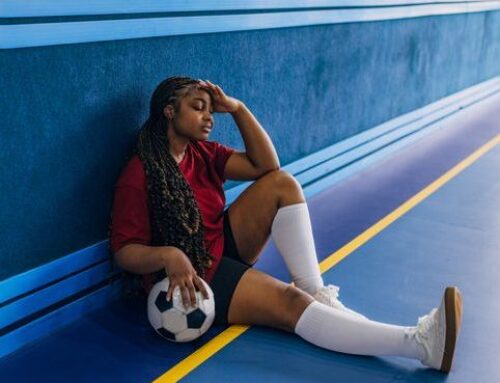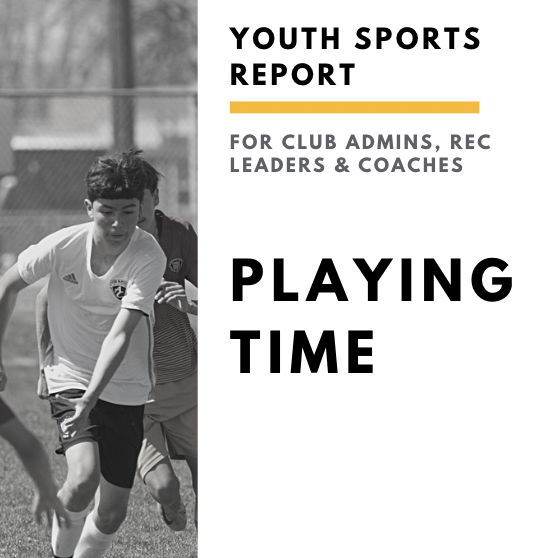Get our exclusive report. Download the iSport360 Club Switching Report Here – For Club Admins, Rec Leaders and Coaches.
5 Communication Tips for Youth Sports Coaches
Using these 5 communication tips will help any coach. As a coach, being a good communicator is very important to your athletes. It actually makes your players more comfortable, helps them develop and can create a positive culture. Of course, poor communication can do the opposite. For youth sports athletes, it makes the world of difference when you can communicate clearly and effectively.

The best type of communication is the sandwich method. The coach provides two positive and specific points of feedback. Be specific and talk about something good you thought the player did in a game or practice. The third item is something constructive that you feel the player can do better, again, be specific. This method balances out the number of positive messages to the constructive ones. Most players only remember the “bad” things or constructive criticism. As a coach, you want them to feel comfortable, know what they do well and what they need to work on. We can always develop and should welcome feedback.
5 Tips to Communicating Feedback
- Be Clear
- A player should know exactly what you are saying. And in the days of covid, it has been hard to coach with a mask on, so taking that extra time to be clear in communication is important
- Be Specific
- Don’t say, good game, be specific about why they had a good game.
- Be Visual
- Some players are visual learners. Giving verbal feedback may work well for some players but visual feedback using a white board and actual demos are good ways to communicate what you want the player to make a change.
- Be Sandwich Like
- Communicate 2 positives and 1 constructive piece of feedback. This helps the player know that they are good at certain tactics and need to tweak others.
- Be Positive
- There are ways to be positive and make your player feel empowered. When someone feels empowered, it helps them grow.
Tools to Help You Communicate
At Practice
When coaching at practice, there are 3 ways to communicate to players. You can verbally tell them, specifically pull them to the side and provide feedback. You can show them by using a small whiteboard and drawing what you want them to do. And you can show them by demoing both what to do and what not to do. Everyone learns differently so implementing different ways to communicate is helpful.
Using Technology
At iSport360, we have many ways to give feedback when you aren’t there in person. It actually creates a bond between coach, team and player. Imagine after you leave a game and you remember that you wanted to tell Suzie how well she did. You can wait until the next practice or just message her on the app. And imagine when you leave and you thought, Suzie did these things really well and if she tweaks this move, she will be even more powerful on the field. Then you can send Suzie a video to show her what you want her to see and do before the next practice. That continuity and communication is important and helps the player as they go about their day.
By giving specific and consistent feedback, your players will be able to more easily act on the feedback. This will empower them to want to get better. It provides ownership to the athlete and will help them grow.
Amy Masters is head of marketing for iSport360, a sports mom forever, a youth sports coach for over 10 years and club owner. She has seen it all and is now helping others empower youth sports athletes.
This article also appears in MVP Parent – Spring 2021 Edition.
Learn more or request a demo of our youth sports software that is helping teams improve communication, organization and player development.
March 30, 2021





